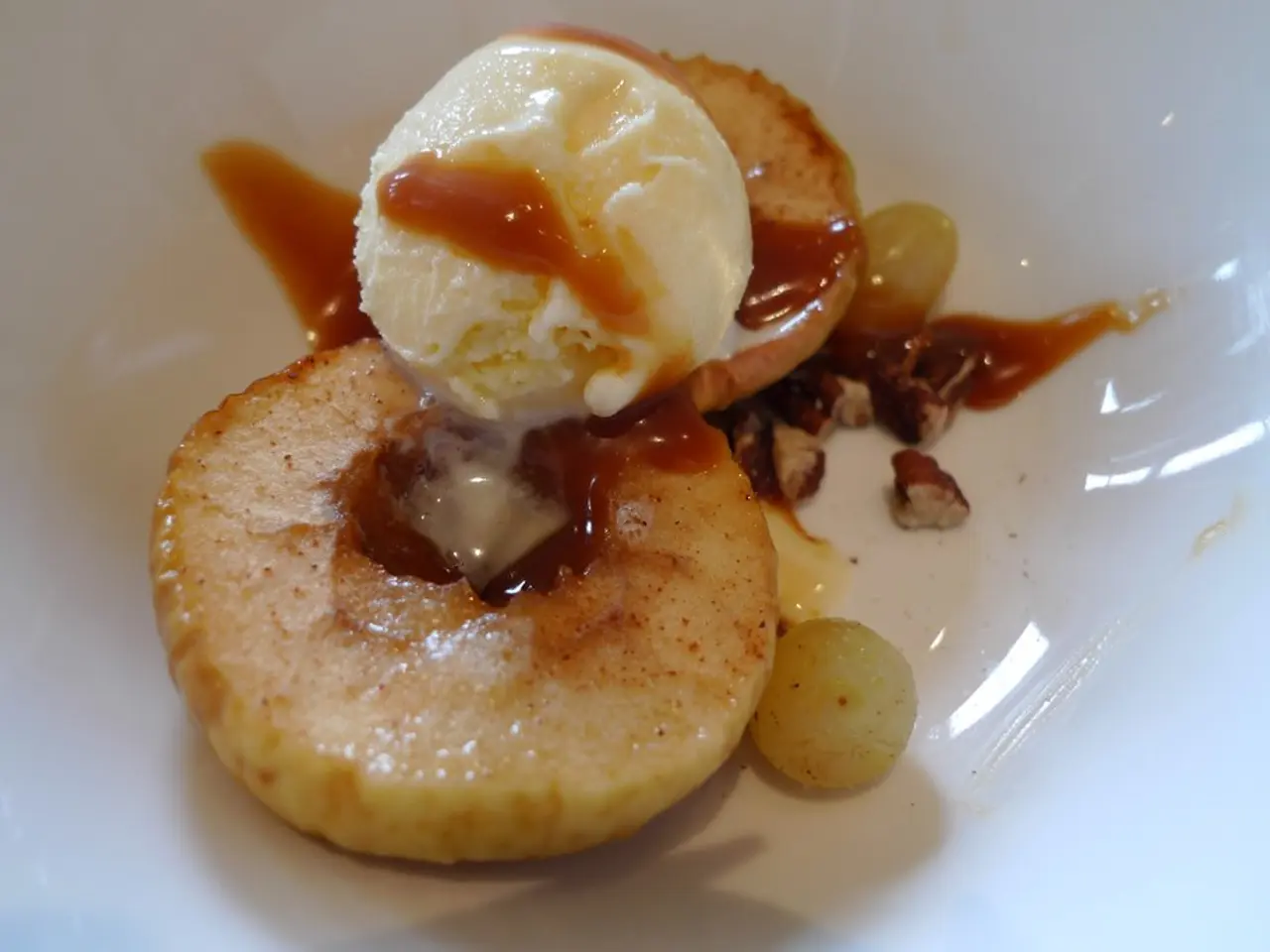Strategies for Preserving Fruit and Vegetable Taste During Freezing
Adriana Copaceanu, author of books on growing lavender, raising chickens, and other nature-related topics, shares her expertise on freezing fresh produce for later use. This methodical approach can help you make the most of your harvest and enjoy seasonal flavors year-round.
Choosing and Preparing Your Produce
- To achieve the best freezing quality, choose fresh, ripe produce without bruises or damage.
- Wash and dry the produce thoroughly to remove dirt and reduce ice crystal formation.
Preparing Your Produce
- Fruits like bananas, melons, pineapples should be peeled and sliced.
- Stone fruits (peaches, plums, apricots) need to be pitted and sliced.
- Berries and grapes can have their stems removed if desired.
- Vegetables should be chopped uniformly if freezing chopped.
Blanching Vegetables (When Appropriate)
Blanching vegetables helps to deactivate enzymes that cause loss of color, texture, nutrients, and flavor.
- Submerge the vegetables in boiling water for 2–5 minutes depending on the vegetable.
- Immediately plunge the vegetables into an ice bath to stop cooking.
- Dry the vegetables thoroughly before freezing to reduce ice crystals and freezer burn.
Freezing Methods
Flash Freezing
- For fruits and vegetables (whole, chopped, or pureed), flash freeze by spreading in a single layer on a parchment-lined baking sheet or tray to prevent clumping and preserve texture.
- Once solid, transfer the produce to airtight, freezer-safe bags or containers, label them clearly with the date and contents.
Freezing Purees
- Cook fruits and vegetables until soft, then mash or blend to your desired consistency.
- Portion the puree into ice cube trays or muffin tins for easy use, freeze solid, then store in sealed bags or containers.
Storage and Use
- Store your frozen produce at about −18°C (0°F), typical home freezer temperature.
- Use the produce within recommended times (generally a few months up to a year depending on the produce) for best quality.
Additional Notes
- Fruits generally do not require blanching but may benefit from pretreatments like ascorbic acid to prevent browning.
- Vegetables benefit more from blanching due to active enzymes that continue degrading quality even at freezing temperatures.
- Home freezers freeze relatively slowly, so ice crystal damage is inevitable, leading to softer texture after thawing. Therefore, many frozen vegetables are best suited for cooked dishes, while frozen fruits work well in baking or smoothies.
- Proper blanching and fast freezing help minimize nutrient loss and preserve flavor.
Suitable Produce for Freezing
- Grapes and small cherry and grape tomatoes freeze well whole.
- Smaller portions or bags are recommended for freezing pureed produce for efficient use.
- Tomatoes, winter squash, and some tomatoes can be frozen without blanching.
- Pureeing fruits and vegetables before freezing makes them compact and takes up the least space in the freezer.
- Suitable fruits and vegetables for freezing in pureed form include strawberries, tomatoes, butternut squash, yams, broccoli, and cauliflower.
- Freezing herbs in this manner allows for easy use throughout the year, providing summer flavors in dishes.
- Adriana Copaceanu suggests choosing fresh, ripe vegetables without bruises or damage for the best freezing quality.
- To prepare vegetables for freezing, they should be chopped uniformly if freezing chopped, and blanched when appropriate to deactivate enzymes that cause loss of color, texture, nutrients, and flavor.
- Fruits should be peeled, sliced, and pitted if necessary, while berries can have their stems removed before freezing.
- For flash freezing, produce should be spread in a single layer on a parchment-lined baking sheet to prevent clumping and preserve texture.
- Proper blanching and fast freezing help minimize nutrient loss, preserve flavor, and make frozen produce suitable for cooking, baking, smoothies, and even smoothie bowls - all elements of a health-conscious food-and-drink lifestyle.
- Freezing herbs in this manner allows for easy use throughout the year, providing summer flavors in dishes and adding a touch of decor to home-and-garden recipes.
- Freezing pureed fruits and vegetables makes them compact, taking up the least space in the freezer, and can include strawberries, tomatoes, butternut squash, yams, broccoli, cauliflower, and more, making it easy to enjoy seasonal flavors year-round.




